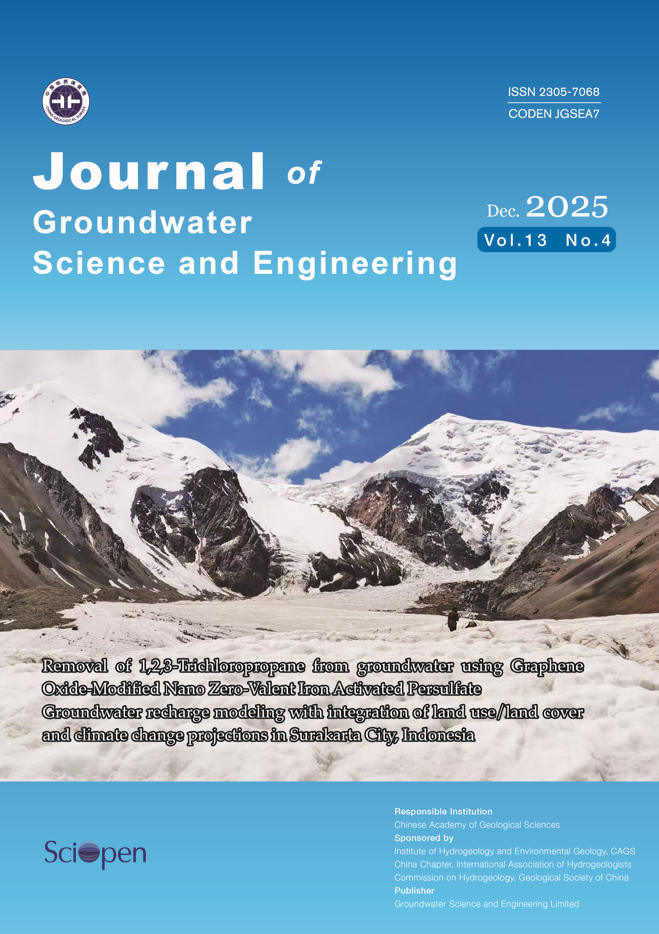2014 Vol. 2, No. 4
Display Method:
2014, 2(4): 1-18.
Abstract:
2014, 2(4): 19-25.
Abstract:
2014, 2(4): 26-34.
Abstract:
2014, 2(4): 35-40.
Abstract:
2014, 2(4): 41-47.
Abstract:
2014, 2(4): 48-53.
Abstract:
2014, 2(4): 54-59.
Abstract:
2014, 2(4): 60-66.
Abstract:
2014, 2(4): 67-75.
Abstract:
2014, 2(4): 76-86.
Abstract:
Distribution of arsenic in sediment of Hangjinhou Banner- Linhe transect in Hetao Basin, North China
2014, 2(4): 87-96.
Abstract:
2014, 2(4): 97-104.
Abstract:
 E-mail alert
E-mail alert Rss
Rss

 Online Submission
Online Submission Peer Review
Peer Review Office Work
Office Work Editor-in-chief
Editor-in-chief News
News Download
Download Links
Links





